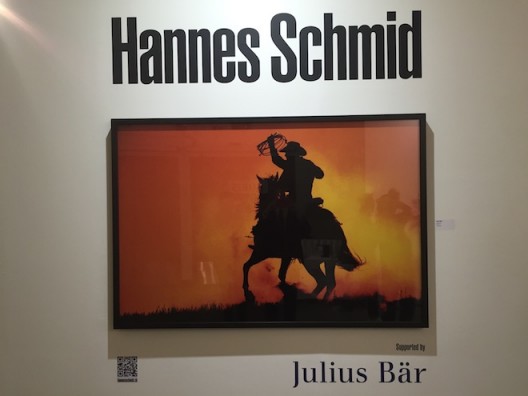Randian is in Singapore this week for Art Stage. Here we take a wry view of the problematic ethos behind its foundation in 2011 and a much more serious view of why we think Art Stage is important both to Singapore and South East Asia, and needs more support and understanding from the Singaporean government in order to be able to achieve its promise and aspirations.
Singapore is a latecomer to the international art train but that isn’t holding it back. The government approaches this art market thingy the way a tiger mother might, not because art is good for folks but for glory and good marks—because she really is very competitive. It is soft power, red in tooth and claw. But because it is Singapore, the government is trying to make money out of it too, which means every initiative has to be parsed through bureaucracy to ensure it can fund itself—not necessarily a bad thing…unless you end up neutering the art. In Singapore, at the heart of every ivory tower is a shopping mall. Whether it will succeed is an open question but Kassel and Venice can probably rest easy.
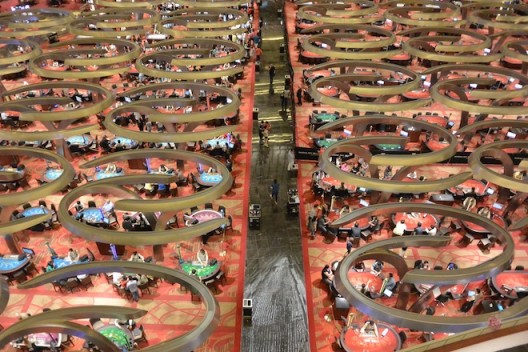

Having built an international oil refining, banking and logistics center, the government assumes it can use the same bureaucracy for art. Yes, there is the Singapore Art Museum (SAM), the recently reopened National Art Gallery, Nanyang Technical University’s Center for Contemporary Art (led by Uta Meta Bauer)—all laudable.
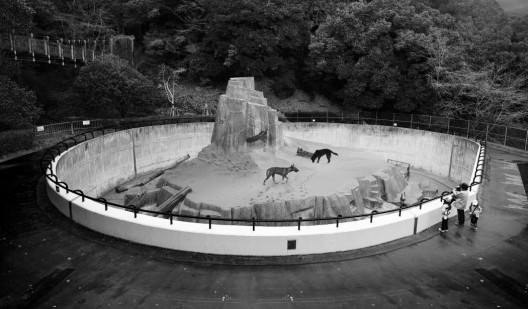

Gillman Barracks art district, though, is still a sort of Guantanamo Bay for art (good grief, why are these wide open spaces not used for public sculpture, theater, dance—if commercially, then at least an “Art Unlimited”?). A number of the more distantly located galleries foundered at Gillman, and then disappeared (Equator Art Projects, Space Cottonseed, Tomio Koyama Gallery and Silverlens). A handful of dedicated, usually international, galleries have persevered and succeeded (ShanghART, Pearl Lam Galleries, ARNDT and Yavuz, and locals Fost and Yeo Workshop) but usually more by sheer willpower and by investing a lot of time and money.
Meanwhile, Singapore’s art students are highly educated and many go on to study at leading institutions overseas including London, Berlin and New York. And then don’t come back—you can’t blame them. Where are the collectors? So few, so—how can we say this politely?—provincial. With only a few exceptions (take a bow, Woffles Wu), compared with their counterparts in China and Indonesia, it is pretty grim. And a healthy art scene needs collectors, whether local (Brussels, London, New York, Paris, Shanghai) or from outside (Berlin). An art scene needs collectors to buy art from established and emerging artists and also to contribute to local institutions—museums, scholarships, research and magazines. “Need” as in “must have”. Finally, the local art scene must be seen. Censorship—whether the harakiri version or State-sponsored—weighs down on debate in Singapore like a spoiled schoolboy’s armpit: rank but bizarrely tolerated.
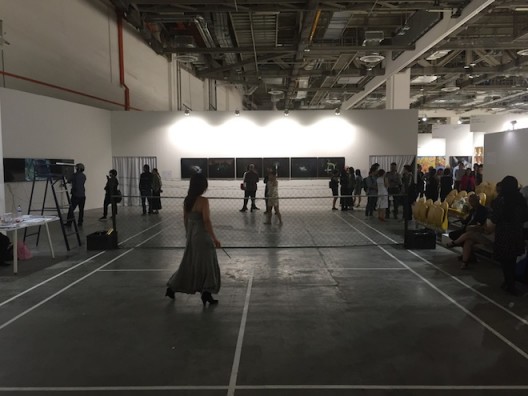

So what is the place of Art Stage Singapore? Randian readers will know that we have long been fans of the show (and yes, they do pay for our flights and accommodation—just so you know, many art fairs fund journalist visits in this way—hoping said art samurai will write nice things about them. Of course, sometimes we go ronin.) It is well organized and beautifully presented. The trick is getting collectors to come to Singapore just prior to Chinese New Year, and to spend lots of it on hotels, shopping, oh, and art. It seems like a slam-dunk idea, having an art fair a short distance from tropical islands just prior to the major holiday in East Asia. But the all important Chinese collectors—and the market in East Asia—are overwhelmingly Chinese (even the Indonesian collectors tend to be ethnically Chinese)—and already travel to a lot of art fairs around the world; so Singapore is not only competing with Basel, Paris, London, New York and Miami, but, closer to home, also Hong Kong and now Shanghai too, and they tend to be at more convenient times (though Art Basel is about to discover whether a pre-Easter show will still work).
The intention behind Art Stage is clear: to build Asia’s Art Basel (hell, its director even used to run Art Basel). Because ostensibly the island has much in common with its Swiss counterpart: a major geographic trade hub with wealth and a wealthy and educated citizenry (it even has a leading art “freeport” storage facility). Of course, Basel has rather a lot of wonderful museums for its 174,000 population and there are plenty of collectors and dealers, and within a short distance, many more.
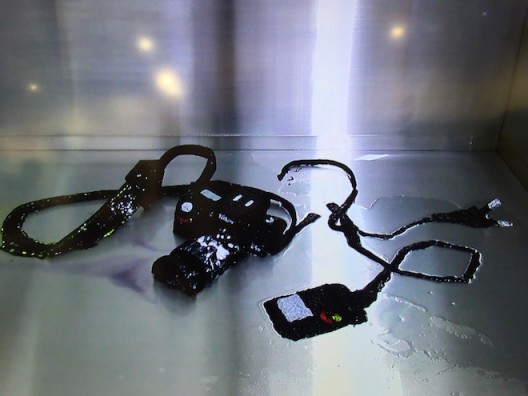

Well, it can work, and it needs to, for the sake not only of Singapore but also that of the region. The art market has always been about cities more than countries. In East Asia though, the cities that have the necessary qualities to get it right in any way are very few: Beijing, Shanghai, Hong Kong, Tokyo, Seoul, and Singapore. Of these, only Singapore is oriented towards both an international world and the local South East Asia region (Hong Kong is first and foremost Chinese. Period.) And Singapore has the very infrastructure that is the dream of art fair directors everywhere: beautiful presentation, efficient organization, transport, storage and a team that is a pleasure to work with. After all, Basel has a 100-year march on Singapore, and the Merlion of the Malaccas has an uncanny habit of succeeding where it shouldn’t (and this is really just a different type of oil refining—no?).
To be blunt, Singapore needs Art Stage more than it realizes. A different time of year might help, but at the end of the day, Singapore has to get behind its own show much more than it already does. Art Stage needs to be allowed to take over the city. Art fairs are different from any other sort of trade fair. The successful ones are always partly a carnival, a circus, a masked ball. Connoisseurs might quibble and sniff, but art parties are generally fun. So let it be fun! Don’t hold it back. Go on, let your hair down. Stop fretting about what art says, only whether it’s good or not. Here’s to Art Stage—good luck and may collectors rain down on your exhibitors this year!
Of course, another option would be to hold it at another time of year, maybe in Bali. Beaches worked for Miami. Ah, but that was Basel.
